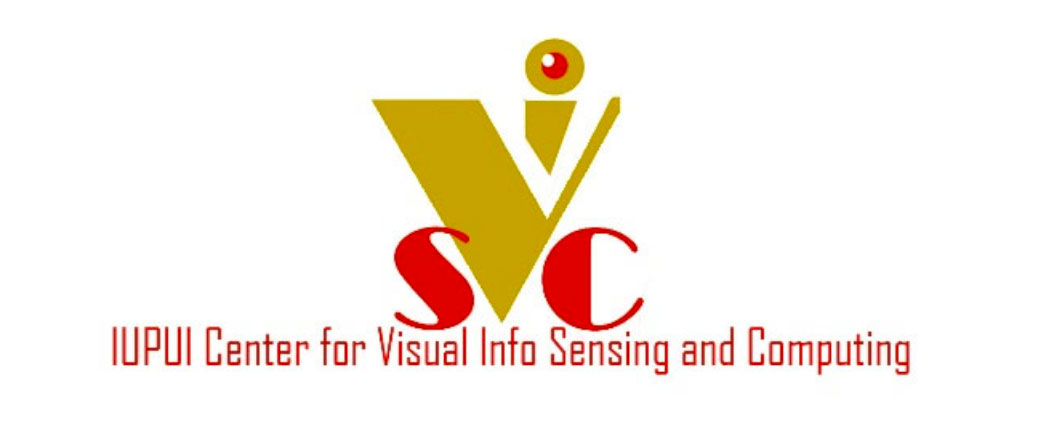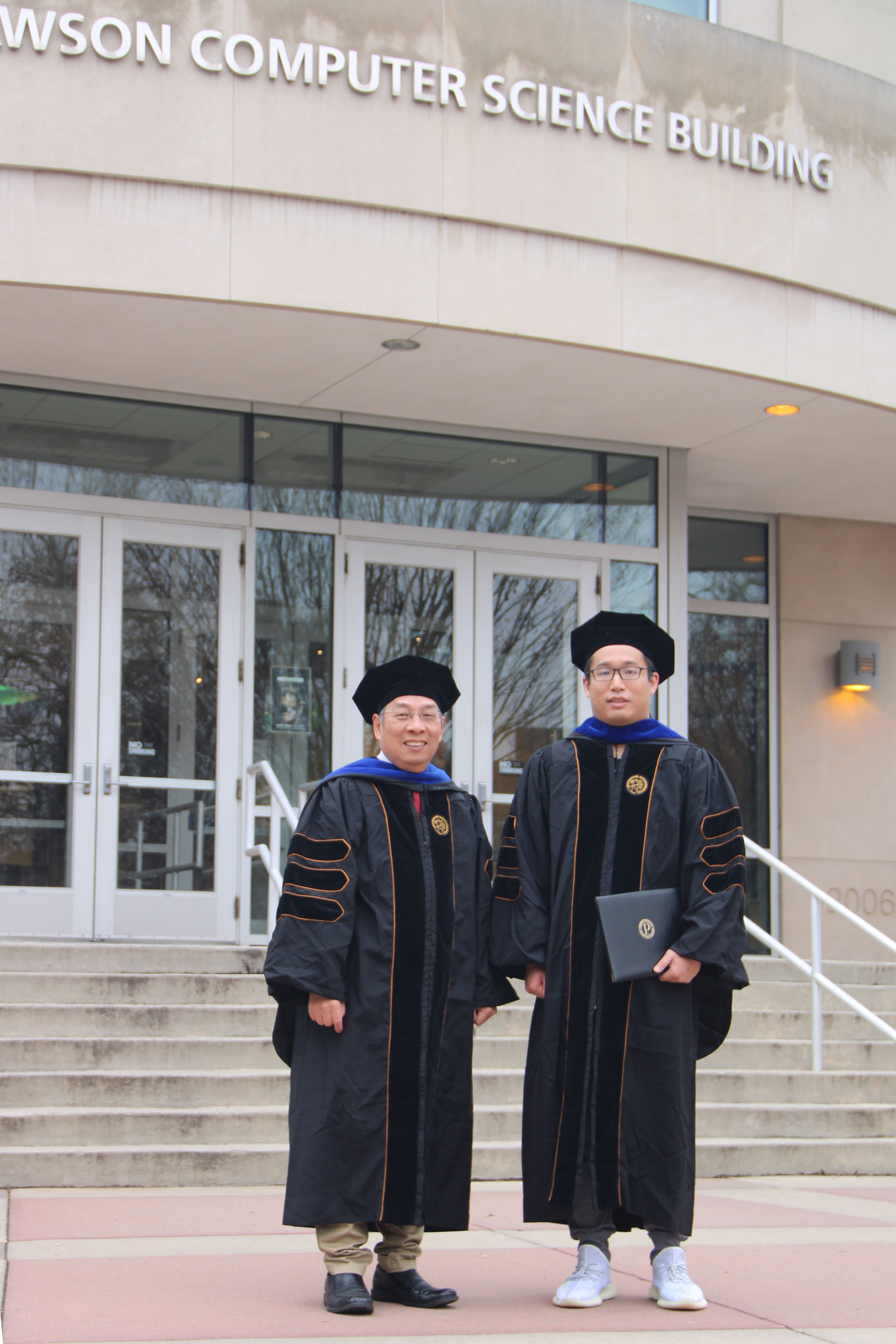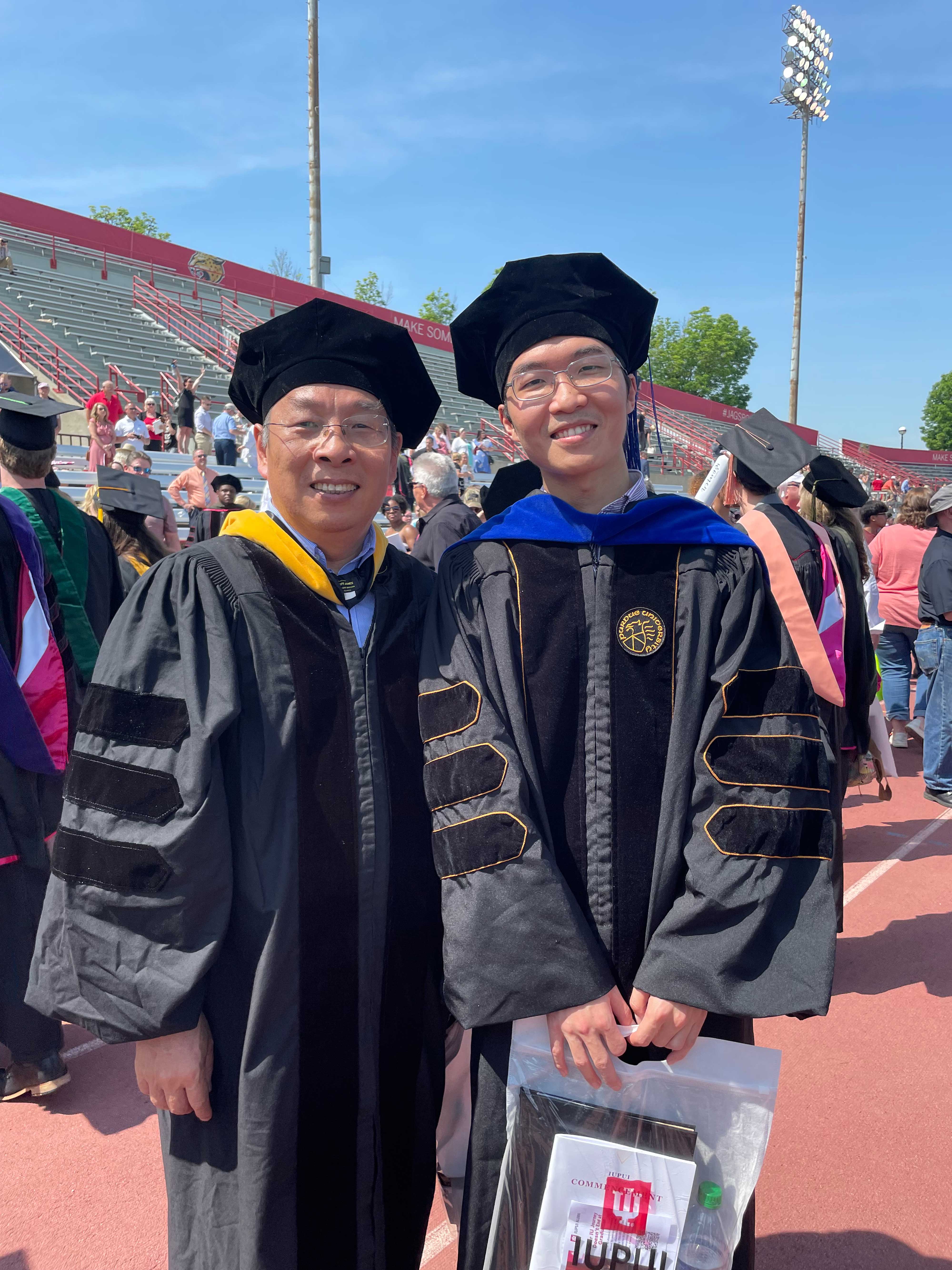Mission, goals, and activities
The center for Visual Information Sensing and Computing (VISC) has a mission to carry out research in the computer based visual information acquisition, processing, synthesis, and its applications.
The center for Visual Information Sensing and Computing (VISC) has a mission to carry out research in the computer based visual information acquisition, processing, synthesis, and its applications.

The research contains major areas of computer vision, computer graphics, artificial intelligence, and multimedia, which aim to capture information visually and analytically, understand its model for machine control and decision making, visualize data and model for human perception, and communicate visual media across interfaces and networks. The applications range widely from medical image recognition and autonomous vehicle driving, to virtual reality systems and data visualization.
The center is involved in graduate education for PhD and Master students. Faculty members also teach related undergraduate courses in pattern recognition, computer vision, and multimedia. In the past three years, VISC has graduated more than ten PhD students and many Master students.
Areas of expertise
Director of VISC
Professor, Computer & Information Science
computer vision, AI, pattern recognition, video processing, intelligent vehicle, multimedia
Professor and Associate Chair, Computer & Information Science
virtual reality, computer vision, medical image computation
Professor and Department Chair, Computer & Information Science
visualization, computer graphics, medical imaging, AI
Associate Professor, Computer & Information Science
computer vision, computational biology and neuroscience, medical image computing, and machine learning
Jiang Yu Zheng
Shiaofen Fang
Gavril Tsechpenakis

